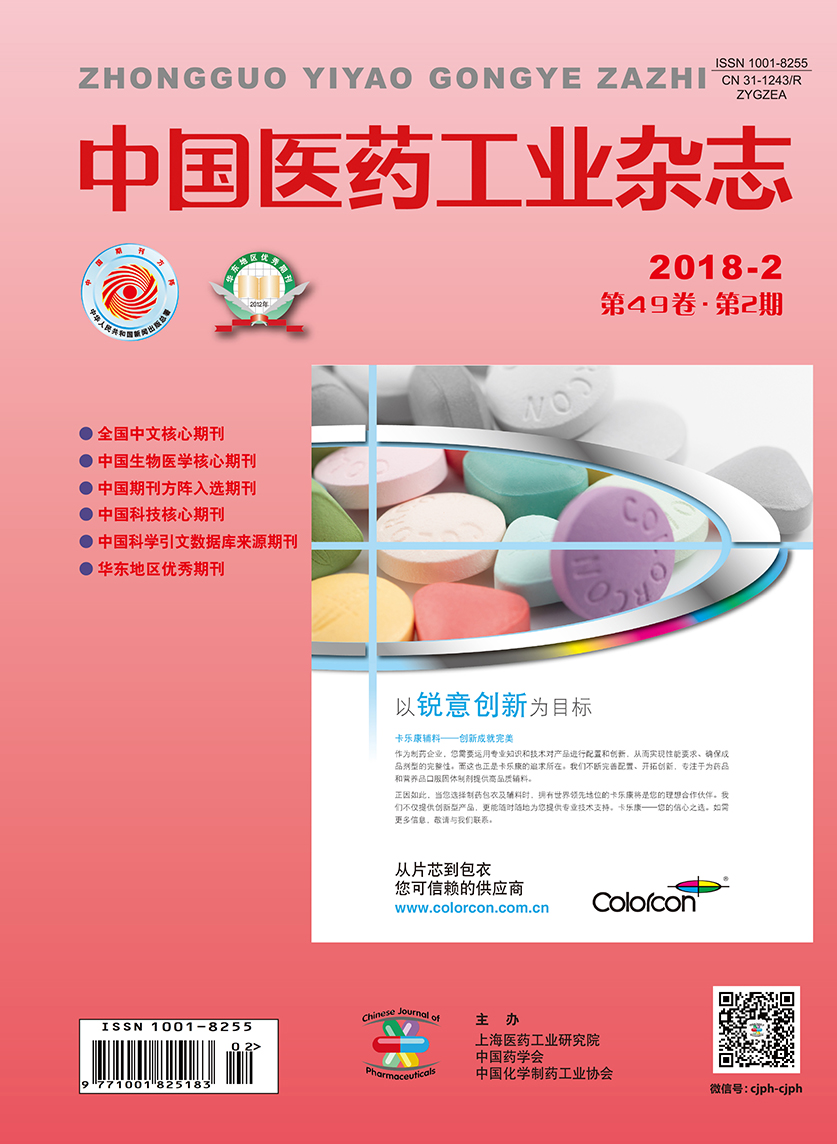Paper
DI Huifeng, GAO Ying, WU Haiyan, LI Weihua, DONG Chuanhai
An HPLC method was established for the determination of the related substances in betamethasone acetate (1) and the quantification was achieved by self-control method with correction factors. A Zorbax SB-C18 column was used, with the mobile phase of acetonitrile∶water (35∶65), at the detection wavelength of 254 nm. The relative correction factors (RCFs) of the related substances were calculated with the slop of the linear equations so as to quantitatively determine the related substances. The results obtained by the proposed method were compared with those obtained by using the impurities reference standards to verify the method accuracy. As a result, the relative retention time of related substances were 0.64 (betamethasone, 2), 0.73 (dexamethasone, 3), 1.13 (dexamethasone acetate, 4), 1.23 (betamethasone acetate epoxide, 5), 1.73 (betamethasone-11,21-diacetate, 6), with RCFs of 0.95, 0.95, 1.00, 1.09 and 1.10, respectively. The results showed that there was no significant difference between the results of RCF method and those of calibration curves method. In addition, 1 and its related substances were effectively separated. Their calibration curves were linear in the concentration range of 0.1—10 μg/ml. Their recoveries for the related substances were 96.67%—99.68%, with RSDs of 0.37%—0.83%. This method was simple, efficient and accurate for the quantitation of the related substances in betamethasone acetate.
